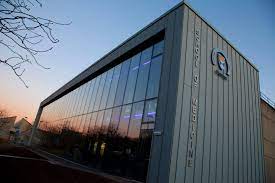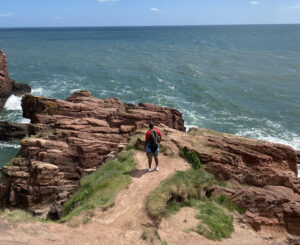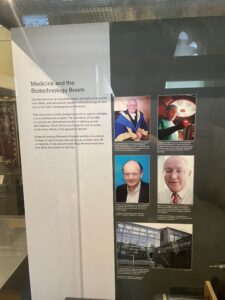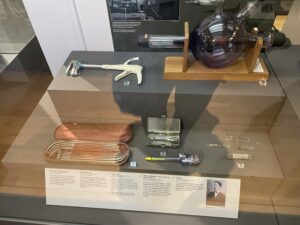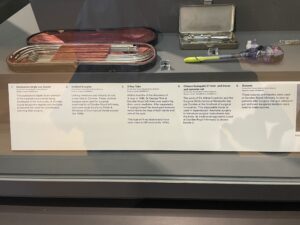On Tuesday, June 28th, Sydney Schwartz and I visited the Surgeons’ Hall Museum in Edinburgh, Scotland. While we were interested in different exhibits, we both found the museum (as a whole) to be fascinating and incredibly eye-opening. The tour started in a central room that showcased tools used for surgeries dating back to the early 18th century (wow; we advanced in technology and innovation!). In the central room, many tumors and organs with abnormalities and several cadavers were on display. Two cadavers were the remains of children whose bodies were donated to science in 1702 and 1718 and were also the oldest in the museum’s collection. The cadaver from 1718 was dissected by Alexander Munro Primus, the first professor of anatomy at the Edinburgh University medical school.
One of the most interesting displays was a plaster cast of Robert Penman’s lower jaw tumor. While the tumor needed to be removed for Penman to sustain life (as he could not eat or drink due to the size of the tumor), the surgery was performed prior to the availability of effective anesthesia. Nonetheless, the surgery, performed by Dr. James Syme in 1828, was a success!
My favorite part of this museum visit was the dental surgery section. I especially enjoyed learning about early dental practices, particularly impression techniques. As one museum label explains, a dental impression is a negative imprint of teeth and mouth tissues that is used as a mound to make a positive cast. The tray on display would have been filled with soft material, like beeswax or plaster of Paris, to make the impression, as alginates or irreversible hydrocolloids had not yet been discovered as an effective/practical material.
The museum also featured modern technology and explained how it has improved healthcare. For example, biomedical engineering is an integral part of modern dentistry as virtual depictions of the jaw enable maxillofacial surgeons, dentists, and orthodontists to visualize vantage points inside their patient’s mouths for better accessibility.
The Surgeons’ Hall Museum was one of the highlights of my trip to Edinburgh. I would encourage anyone interested in medicine, healthcare, or technology (including biomedical engineering) to visit! No matter your specific curiosity, there is an exhibit in the museum sure to challenge your way of thinking concerning healthcare or the advancement of modern medicine.
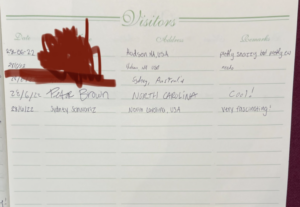
Our signatures in the visitors log
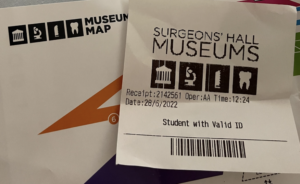
My ticket and museum brochure
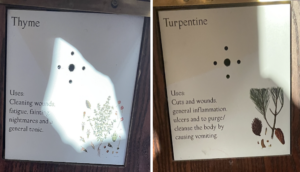
Early uses of natural remedies!
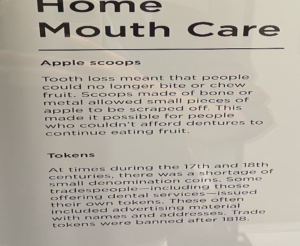
Interesting description about the limitations of missing teeth!
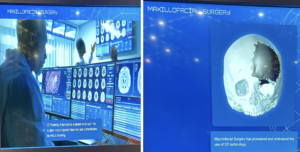
How biomedical engineering is used in Maxillofacial Surgery!
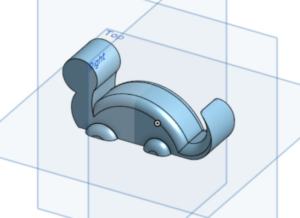
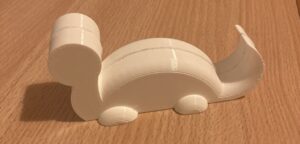

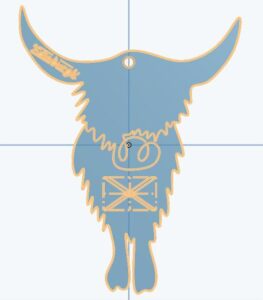
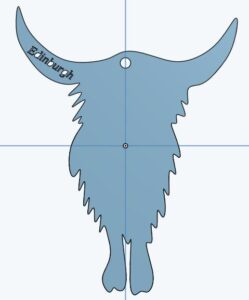
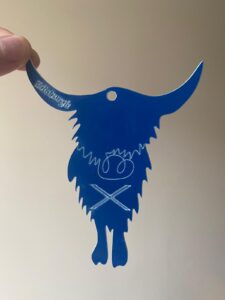

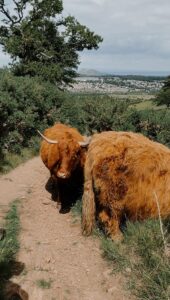
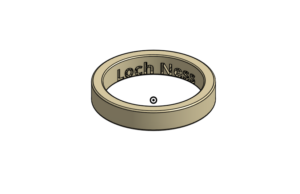
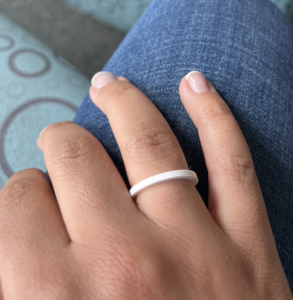
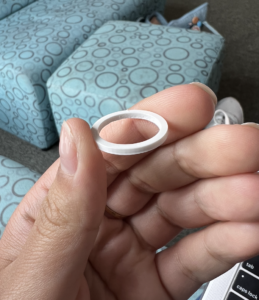
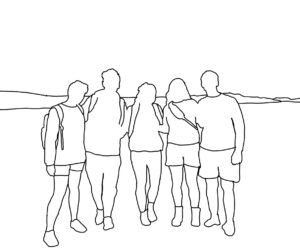
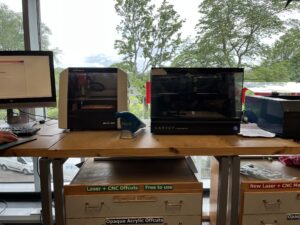
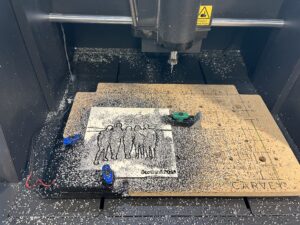
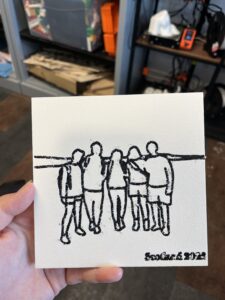
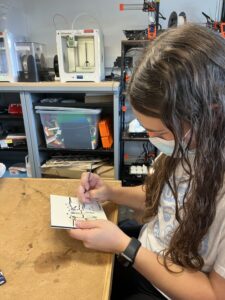

 A man enters a gate that will lead to a new world. As he boards the cramped plane, a baby cries, and a senior man chuckles to his wife. A flight attendant reassures a mother that her son will be okay not sitting next to her. And a first-time-flyer looks out the window, hoping to get one last look at the beautiful city of San Francisco. Eventually, the man sits down, already missing home and desiring to be at his destination. The man is anxious, feeling the butterflies move throughout his body as if they, too want to escape to their home. But, he is also content, ready for foreign to become familiar.
A man enters a gate that will lead to a new world. As he boards the cramped plane, a baby cries, and a senior man chuckles to his wife. A flight attendant reassures a mother that her son will be okay not sitting next to her. And a first-time-flyer looks out the window, hoping to get one last look at the beautiful city of San Francisco. Eventually, the man sits down, already missing home and desiring to be at his destination. The man is anxious, feeling the butterflies move throughout his body as if they, too want to escape to their home. But, he is also content, ready for foreign to become familiar.